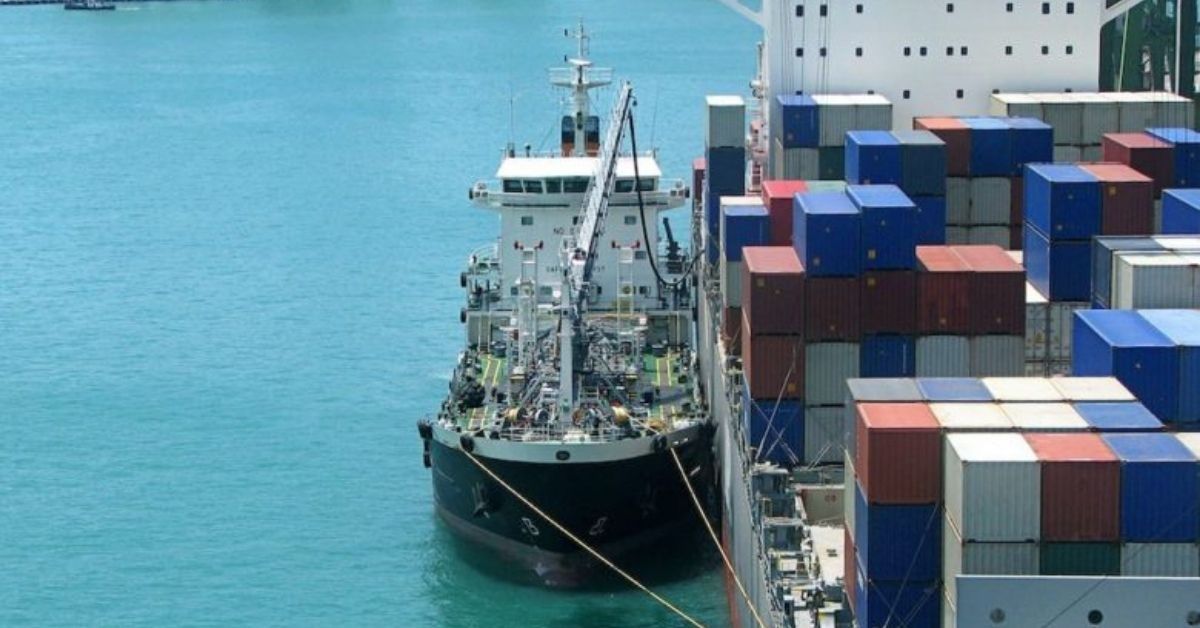Jesper Lindegaard Sørensen, managing director of KPI OceanConnect Singapore, gives readers an Asian-flavoured look at where the bunker markets are headed next year.
We all know that the key for shipping’s decarbonisation is zero-carbon, clean fuels. However while we wait on these new sources of energy to materialise, it’s important to manage shipping’s green transition as the mounting pressure from regulators, charterers, institutions and consumers will not go away. Indeed, it’s essential to embrace the low-carbon options now to ensure we meet the International Maritime Organization’s targets.
From that perspective, biofuels and LNG are viable alternative fuels for the short-to-medium term.
Biofuel is a progressive alternative fuel due to its drop-in capabilities and availability, and Asia has the potential to be a major biofuels supplier.
In Singapore, there are growing requests for biofuels and ship owners are already using it as a blend. For example, biofuels pioneer GoodFuels supplied NYK’s bulk carrier MV Frontier Explorer with a biofuel blend in Singapore in July 2022.
There are also talks of biofuels reaching five million mt/year in Singapore by 2030 on the back of the development of the MPA’s quality standard for biofuel blends. But currently there is a maximum allowance of 24% of biofuels in a bunker blend, which is lower than in Europe or the US. On a global scale, concern for non-first-generation feedstock raises questions about lifecycle emissions of biofuels, and competing industries may impact their global availability, which is currently reported to be around four million tonnes per year.
The key drivers for biofuels will be the predicted strengthening and recovery of China’s economy – Schroders forecasts GDP growth to increase to 5% in 2023 – and the growing need for cleaner fuels in cities and ports to reduce GHG emissions.
Another viable alternative fuel today is LNG, but this is currently a highly volatile market and prices increased significantly in early 2022. The total LNG bunker volume in Singapore in 2021 was around 50,000 mts, divided into a total of 24 deliveries, while China has experienced a low growth rate in 2022 due to weak domestic demand and high international spot LNG prices.
Demand and interest in LNG are expected to increase once prices become more competitive, and as the industry recognises the fuel’s potential to reduce emissions with bio-LNG, synthetic-LNG and its use in dual-fuel engines. Current orderbooks show that some owners are already future planning with firm interest in dual-fuel engines due to their flexibility – Clarksons Research reported that one-third of all newbuilding orders in tonnage terms will be classed as ‘alternative-fuel capable’.
A leading option in the future fuels mix is methanol, because it’s easy to handle, requires less space, has a lower CO2e footprint, and is one of the most cost-efficient fuels to bunker. Conversations around methanol are growing worldwide, and more companies are ordering newbuilds that will be methanol ready; China Merchant and Cosco Shipping Bulk are exploring methanol as its main fuel for its fleet in the future. Conversely, there are some calls for concern with methanol as a marine fuel due to its availability and infrastructure. Hydrogen and ammonia also have potential, but more work needs to be done in research and development before they are brought online.
Another means of improving maritime sustainability and managing carbon footprints is carbon offsetting. Carbon offsets provide the opportunity to balance emissions while supporting the global economy, with the potential of supporting the scale-up of renewable energy projects that can be used to produce zero-carbon fuels.
The main driving force behind most decarbonisation strategies is price, but regulatory incentives can also play a major part in enabling change and advancing sustainability in shipping. Carbon offsetting will be instrumental in compliance with EU ETS, coming into force from January 1, 2024, and should be considered with those alternative fuels that will still have carbon footprints.
In an industry and regulatory environment that will continue to evolve and change, this is where having knowledge of the future fuels pathways from partners to help shape fuel procurement strategies for shipping companies will be essential.








